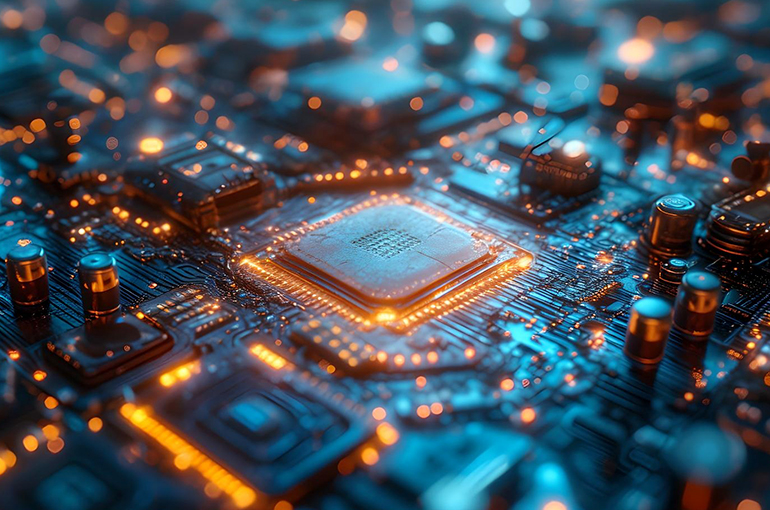 China's AI Hardware Market to Top USD153 Billion This Year, Analyst Predicts
China's AI Hardware Market to Top USD153 Billion This Year, Analyst Predicts(Yicai) July 16 -- The market size of hardware devices equipped with artificial intelligence in China, excluding smartphones and automobiles, will likely reach CNY1.1 trillion (USD153 billion) in 2025 and maintain rapid growth over the next five years, according to market research firm Beijing Runto Technology.
China's AI hardware market is expected to grow 13.4 percent this year from the previous year, Liu Chuang, an analyst at Runto, said at the China Intelligent Life Conference held yesterday. The conservative estimate is that the compound annual growth will reach 18 percent over the next five years, Liu added.
The consumer AI hardware market, including home appliances, smart home products, and wearable devices, will likely top CNY461 billion (USD64.2 billion) this year, Liu noted, adding that the enterprise and government sectors related market, including robots applied in industrial, commercial, medical, and educational scenarios, may reach CNY641 billion.
Due to the significantly larger market size of China's smartphones and autos than other hardware, it was appropriate to report them separately, Liu pointed out.
The rapid development of China's AI industry is primarily driven by policy support, technological breakthroughs, application scenarios, and data support, as well as capital investment, Liu said, adding that investment in the sector was around CNY38 billion (USD5.3 billion) last year and it's expected to reach CNY80 billion this year.
The share of AI hardware among various digital products is continuously increasing, Liu noted. For example, AI laptops account for half of the market, AI tablets for 76 percent, and AI wearable devices, including smartwatches and fitness bands, for over 85 percent, Liu pointed out.
Using AI in traditional household appliances is also becoming increasingly common, with AI televisions, featuring enhanced picture quality, voice interaction, and movie recommendations, accounting for over 70 percent of devices, Liu said. In addition, the share of AI kitchen appliances has reached 30 percent and of refrigerators, washing machines, air conditioners, and other white goods 20 percent, Liu added.
The development direction of AI hardware includes further optimizing human-computer interaction methods, reducing operational power consumption, enhancing cross-device connectivity, and achieving deep integration with specific niche fields, according to Liu.
Editors: Dou Shicong, Martin Kadiev